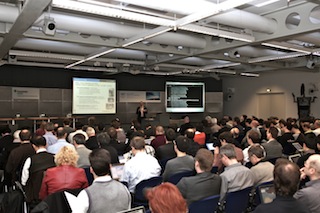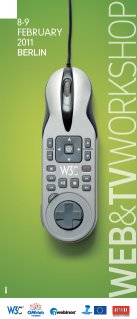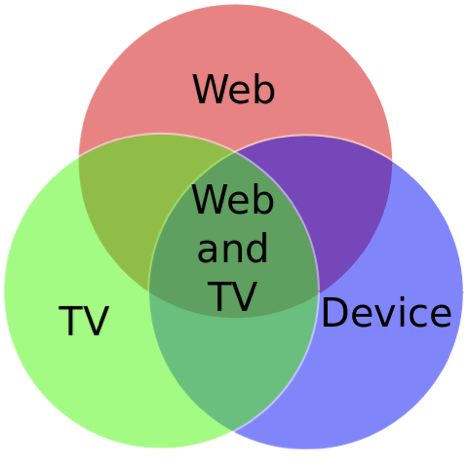Yesterday, W3C announced the creation of a new Working Group, the Web Real-Time Communications Working Group (or Web RTC WG)
As defined in its charter, The Web RTC group is to define client-side APIs to enable Real-Time Communications in Web browsers. These APIs should enable building applications that can be run inside a browser, requiring no extra downloads or plugins, that allow communication between parties using audio, video and supplementary real-time communication, without having to use intervening servers (unless needed for firewall traversal, or for providing intermediary services).
In short, the group is to enable audio/video conferencing scenarios directly from within the Web browser. We’re looking forward to seeing this become a reality!
The work got created as a result of exploration discussions at the RTC Web Workshop back in October 2010. It will not prescribe underlying codecs and protocols to be supported by Web browsers but will in close relationship with the IETF Real-Time Communication WEB group to ensure compatibility between the API functions that the W3C group will work on and the Profile that the IETF group will define.
Instructions to join the group are available.







